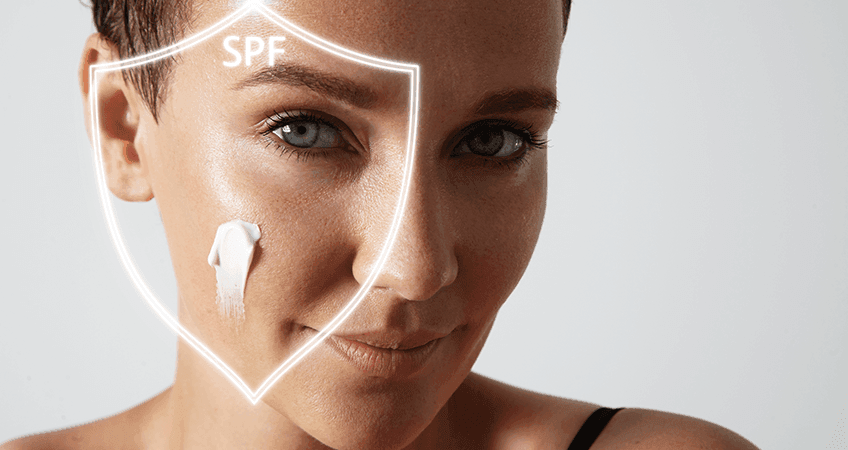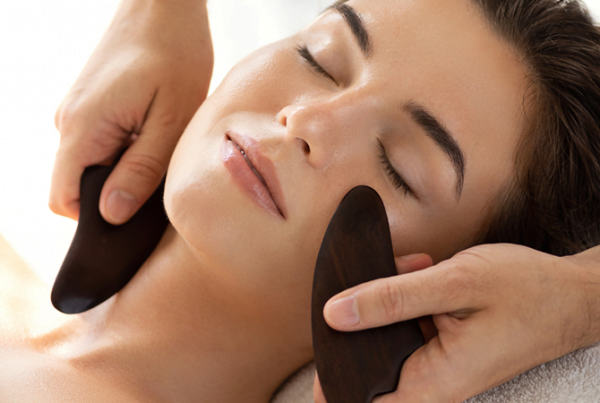
The FDA recently discovered that many sunscreen manufacturers are failing to provide a sunscreen cap of protecting your skin from harmful UVA and UVB rays. The recent data that was analyzed has shown that some of the ingredients in the sunscreen can cause more damage than people are aware of. Due to these scary discoveries, they have issued several new SPF rules that can change the future of the sun protection products manufacturers are allowed to sell.
The ingredients of zinc oxide and titanium dioxide are not generally recognized as safe and effective (GRASE) for safety reasons.
Two of the 16 chemicals presently marketed and sold inside sunscreens are not GRASE for use. This is due to safety concerns from the U.S. Food and Drug Administration. These two ingredients are commonly known as PABA and trolamine salicylate. However, the two active ingredients, zinc oxide, and titanium dioxide are known to be safe for use.
The FDA is working hard to address every manufacturer that is involved in the making and selling of these products. For this reason, they have issued new SPF rules. This helps ensure these manufacturers know what information they think is essential for the FDA to assess when it comes to the safety and efficiency of the components used in sunscreen. The investigation includes all of the 12 components the FDA is wanting further information on for extra safety regulations.
Dosage forms should be added to all sunscreens.
The FDA has initially proposed that dosage forms considered GRASE for use include sunscreens in the form of sprays, oils, lotions, creams, gels, butter, pastes, ointments and sticks. They mentioned that powders could also be eventually accepted once they gain more information on them. Due to little data, they will not currently be included in the lineup until additional data is received and analyzed.
All sunscreens 15 or higher should provide broad-spectrum protection.
Broad SPF spectrum pertains to sunscreens that safeguard the skin against UVA and UVB rays. Even with a high SPF (which stands for sun protection factor), if sunscreen isn’t a broad spectrum, you can’t be protected from all UVA rays.
The FDA now requires all sunscreen products to follow particular SPF rules. Sunscreen now has to go through a range of trials to demonstrate that they are safeguarding against UVA and UVB rays. This is meant to help easily classify sunscreens as a broad-spectrum without misleading the consumer.
Protecting against both kinds of UV rays is essential because they can harm your skin in a variety of ways. This might affect you negatively down the road.
If that’s not enough to convince you to check your sunscreen, then look at these factors:
When UVA and UVB rays do not cause sore or itchy sunburns, they make you more likely to develop skin cancer.
The only distinction you will discover here is that UVA rays expose you to a smaller possibility of developing skin cancer, but be advised that it is not too far from UVB rays.
UVA rays are accountable for 90 percent of all UV radiation throughout the year by touching clouds and glass.
The best way to remember the difference between UVB and UVA rays is that the B stands for “burning” and the A stands for “aging”.
Broad-spectrum sunscreens also provide ingredient mixes that safeguard from both UVB and UVA rays. The most important ingredient mixes to look out for are zinc oxide, octinoxate, octisalate, and titanium dioxide. Various mixes of these components will allow for complete protection against these two dangerous rays.
Moving forward, the FDA recommends that sunscreens with an SPF score of 15 or greater are required to include broad-spectrum shielding. They will also agree to boost the amount of defense against UVA radiation for broad-spectrum goods as the sun protection level increases. These suggestions are intended to guarantee that the benefits they promote on their items are provided to customers for such products.
All sunscreens should be labeled so customers can identify key information
Another FDA proposition involves the labeling of new sunscreen products to assist customers to better comprehend significant ingredients of the sunscreen product. This proposition also means that manufacturers should be prepared to include active ingredients at the front of all packaged items.
The guidelines are meant to be similar to the rules for OTC drugs. The suggested tags would notify buyers that the sunscreen is not expected to avoid skin cancer, as well as data on updated formats for claims of SPF, broad-spectrum, and water resistance.
The bottom line
The FDA published a suggested decision for the new sunscreen SPF rule recommendation in February of 2019.
It’s been the first major change in several years for sunscreen regulations.
The FDA has implemented a range of rules, varying from stronger item labels to safer option products used to produce high SPF level sunscreen accessible to the public.
Skin cancer is by far the most common form of cancer in the United States. There are over 1 million new cases of cancer each year.
Even estheticians are striving to protect sensitive and disregarded areas around your body such as the ears, lips, eyelids, and the corners around your clothing.
Make sure you are using an SPF 30 or higher sunscreen. You should apply sunscreen 30 minutes prior to spending the day outdoors.
On another note, most doctors are encouraging individuals to apply sunscreen every two hours for full protection. Most importantly, to be strict about using an SPF sunscreen that is SPF 50 or higher if you plan to be outside for a long time.
If you’re prepared to move to a stronger face sunscreen that follows the new SPF rules of the Food and Drug Administration, you’ll enjoy the HD Defend SPF 36 moisturizer for anti-aging or the HD Defend Chemical-Free SPF 30+ moisturizer for extra sensitive skin! Both are designed to protect your delicate skin from damaging UVA and UVB rays along with the prevention of future damage. Not only that, it combines with zinc plus antioxidants as a tinted moisturizer! The anti-wrinkle peptides help to strengthen the skin as an extra advantage and make you look and feel your best.
The great thing about this broad-spectrum sunscreen is that it’s safe for all skin types — even the most sensitive skin!
While change certainly won’t happen overnight, we can surely hope that the new SPF rules by the FDA will bring better news from the sun protection industry in the near future.
Skin cancer is America’s most prevalent cancer. We need to tackle the problems with sunscreen products and create a shift not only to create a difference in women’s lives but also to help them discover a healthier, chemical-free option that helps them feel confident and at ease.




